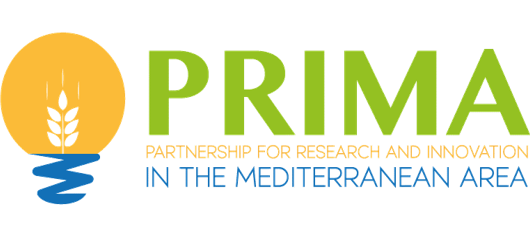Prediction of crop coefficients from fraction of ground cover and height. Background and validation using ground and remote sensing data
Abstarct
The current study aims at reviewing and providing advances on methods for estimating and applying crop coefficients from observations of ground cover and vegetation height. The review first focuses on the relationships between single Kc and basal Kcb and various parameters including the fraction of ground covered by the canopy (fc), the leaf area index (LAI), the fraction of ground shaded by the canopy (fshad), the fraction of intercepted light (flight) and intercepted photosynthetic active radiation (fIPAR). These relationships were first studied in the 1970’s, for annual crops, and later, in the last decennia, for tree and vine perennials. Research has now provided a variety of methods to observe and measure fc and height (h) using both ground and remote sensing tools, which has favored the further development of Kc related functions. In the past, these relationships were not used predictively but to support the understanding of dynamics of Kc and Kcb in relation to the processes of evapotranspiration or transpiration, inclusive of the role of soil evaporation. Later, the approach proposed by Allen and Pereira (2009), the A&P approach, used fc and height (h) or LAI data to define a crop density coefficient that was used to directly estimate Kc and Kcb values for a variety of annual and perennial crops in both research and practice. It is opportune to review the A&P method in the context of a variety of studies that have derived Kc and Kcb values from field measured data with simultaneously observed ground cover fc and height. Applications used to test the approach include various tree and vine crops (olive, pear, and lemon orchards and vineyards), vegetable crops (pea, onion and tomato crops), field crops (barley, wheat, maize, sunflower, canola, cotton and soybean crops), as well as a grassland and a Bermudagrass pasture. Comparisons of Kcb values computed with the A&P method produced regression coefficients close to 1.0 and coefficients of determination ≥ 0.90, except for orchards. Results indicate that the A&P approach can produce estimates of potential Kcb, using vegetation characteristics alone, within reasonable or acceptable error, and are useful for refining Kcb for conditions of plant spacing, size and density that differ from standard values. The comparisons provide parameters appropriate to applications for the tested crops. In addition, the A&P approach was applied with remotely sensed fc data for a variety of crops in California using the Satellite Irrigation Management Support (SIMS) framework. Daily SIMS crop ET (ETc-SIMS) produced Kcb values using the FAO56 and A&P approaches. Combination of satellite derived fc and Kcb values with ETo data from Spatial CIMIS (California Irrigation Management Information System) produced ET estimates that were compared with daily actual crop ET derived from energy balance calculations from micrometeorological instrumentation (ETc EB).Results produced coefficients of regression of 1.05 for field crops and 1.08 for woody crops, and R2 values of 0.81 and 0.91, respectively. These values suggest that daily ETc-SIMS -based ET can be accurately estimated within reasonable error and that the A&P approach is appropriate to support that estimation. It is likely that accuracy can be improved via progress in remote sensing determination of fc. Tabulated Kcb results and calculation parameters are presented in a companion paper in this Special Issue.
Link to the article: click here

